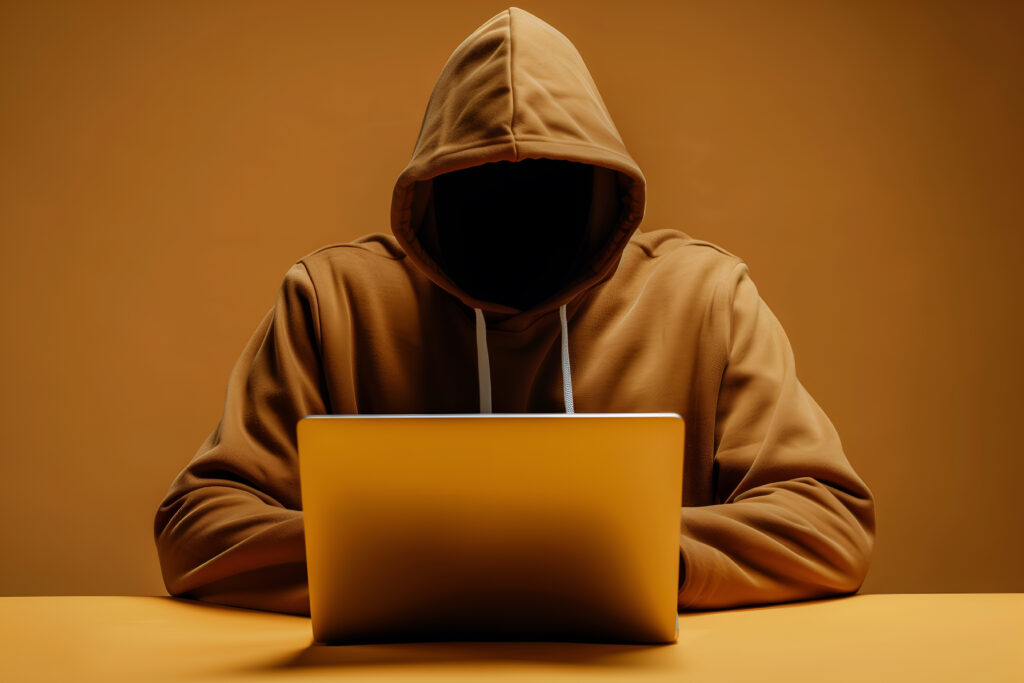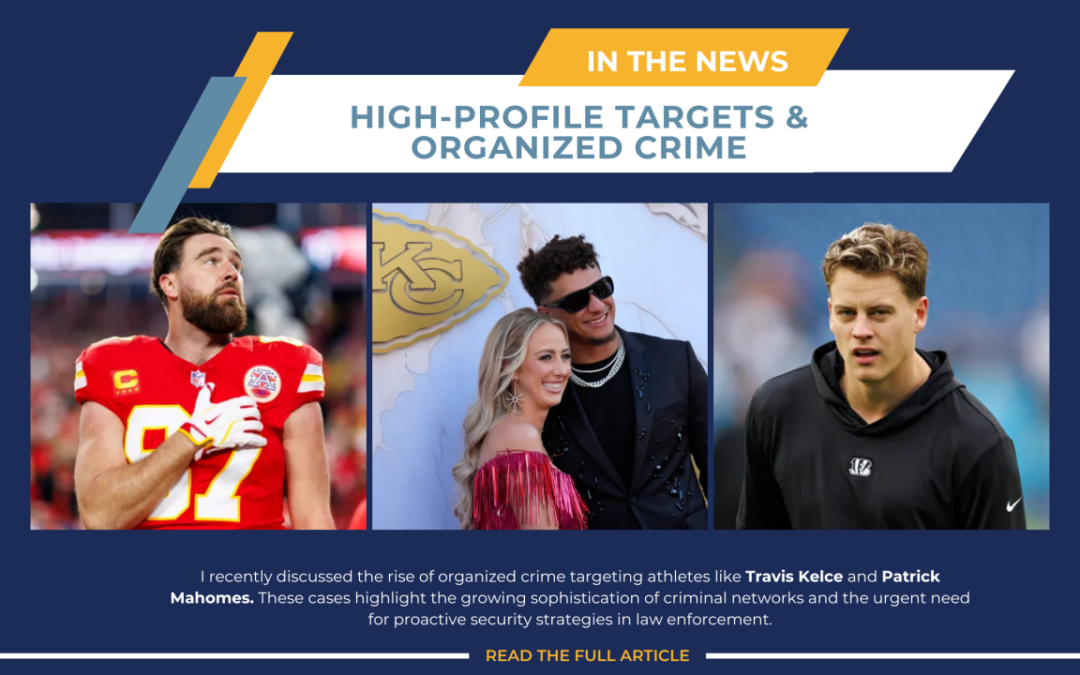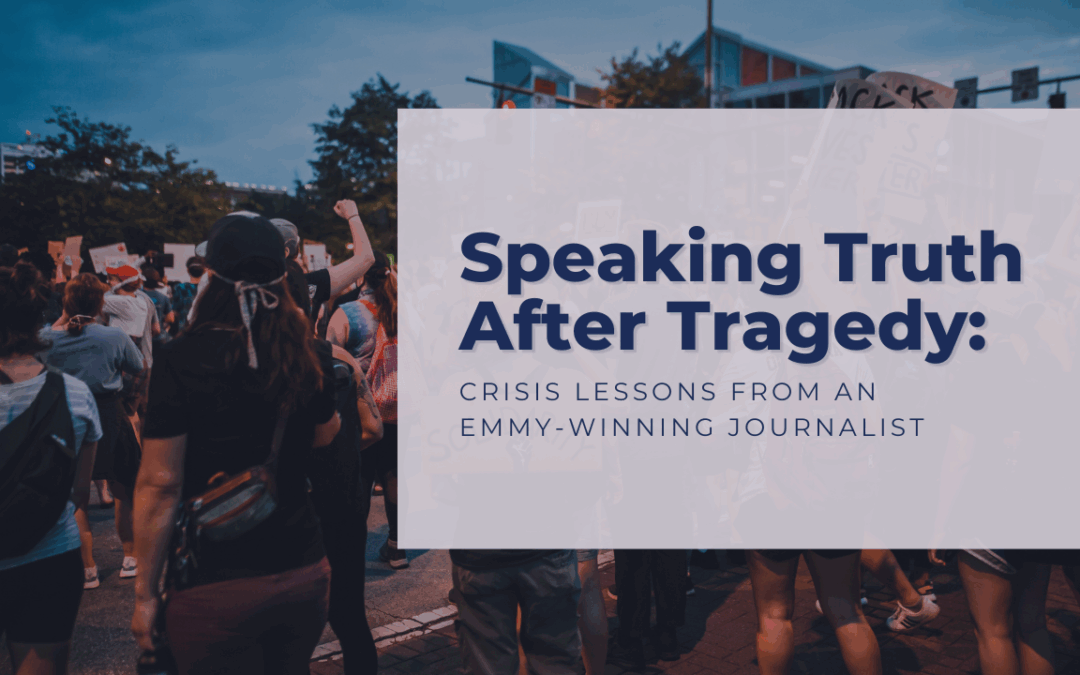
When we wait for a crisis, we’re already too late.
The recent Apalachee High School shooting in Georgia is a stark reminder of the dangers we face when warning signs go unaddressed. Four lives were tragically cut short, and nine others were injured by a 14-year-old, Colt Gray, who had been flagged by law enforcement more than a year earlier for making online threats. Having spent over three decades in law enforcement, I see this incident not as an isolated tragedy but as part of a larger, systemic failure. It’s a failure of communication, prevention, and, crucially, follow-through. We continue to miss red flags, and innocent people are paying the price.
Ignored Warnings: The Red Flags We Keep Missing
In May 2023, Gray was interviewed by law enforcement after FBI tips about his online threats surfaced. However, no further action was taken due to insufficient evidence. This pattern of inaction is far too common. We receive tips and identify threats, but the investigation halts if the immediate evidence doesn’t meet a certain threshold. Gray’s case is sadly familiar: threats posted online, behavioral issues in school, but no consistent follow-up or monitoring.

Early Intervention Is Essential
This echoes what we saw with the Parkland shooter—multiple tips, and multiple missed opportunities to intervene. The lesson is clear: Early intervention is essential, and our current system is falling short. Law enforcement, schools, and mental health professionals must collaborate consistently and effectively to ensure that potential threats are continuously monitored, even if immediate evidence isn’t enough to press charges.
Throughout my career, I’ve witnessed firsthand how early warning signs are often overlooked. Waiting for definitive evidence only delays intervention. We need to act when the first red flags appear and establish a system of continuous oversight.
Reacting Too Late: Why Prevention Must Be Our Priority
By the time law enforcement is called in to respond to an active shooter, it’s usually too late. At Apalachee High, the school resource officers acted quickly to apprehend Gray, but not before four lives were taken. A reactive system—a system that springs into action only when the gunfire has already started—will never be enough to save lives. Prevention, not reaction, must be our focus.
In my years working in law enforcement, I’ve seen how proactive measures can prevent violence before it occurs. In one notable case, we averted a gang-related shooting by closely monitoring social media activity. It’s this level of vigilance and early intervention that’s required in schools today. We cannot afford to wait for violence to erupt. The systems we establish in our schools must flag at-risk individuals and ensure they don’t slip through the cracks.

Prevention Must Be Our Priority
Monitoring Social Media for Threats
Gray made his threats on Discord, an online platform that potential shooters are increasingly using to express violent tendencies. The Sandy Hook shooter also used online forums to share his intentions. Social media is often where dangerous behaviors manifest first, yet we struggle to monitor these platforms effectively.
This is where collaboration between law enforcement and tech companies becomes critical. Social media isn’t just a place to connect—it’s often an insight into a person’s mindset. Platforms like Discord, Telegram, and Reddit offer vital clues about potential shooters, but if we aren’t proactively tracking and responding to these signs, we miss an opportunity to prevent tragedies.
We need stronger partnerships between tech companies and law enforcement to monitor these platforms and address threats before they materialize.
A Path Forward: Building Community Trust and Taking Action
As someone who spent years in dignitary protection and now volunteers as a school crossing guard, I know firsthand that students often open up to those they trust. Many students I interact with will tell me things they wouldn’t share with resource officers or school administrators. This underscores the importance of trust and genuine relationships in maintaining school safety.
We can’t rely solely on more security personnel or high-tech gadgets to solve this issue. The real solution lies in a proactive, holistic approach emphasizing early intervention, continuous monitoring, and community engagement. Parents, teachers, and local community members should be empowered and incentivized to contribute to the safety of their neighborhoods and schools.
This path forward must also include stricter gun control measures, particularly for minors, and expanded access to mental health services for at-risk students. Stronger communication systems that facilitate collaboration between schools, law enforcement, mental health professionals, and tech companies (where appropriate) are essential to this approach.
I’ve learned that vigilance alone isn’t enough—we also need trust. We’re losing a critical safety net if students don’t feel comfortable sharing their concerns. We must build environments where students are encouraged to speak up before a crisis can escalate.
The Time for Change is Now
We can’t afford to wait for another tragedy to happen. By strengthening gun laws, expanding access to mental health services, and fostering better collaboration between all sectors, we can address the root causes of these violent incidents. Our future depends on our ability to learn from past failures and take bold, preventative steps now.
Explore More on School Safety and Prevention
For additional insights on creating safer school environments and understanding the importance of early intervention, check out the resources below:
- Article: The Role of Armed Officers in Schools In this article, I discuss the balance between maintaining safety and armed security while fostering a comfortable learning atmosphere for students. Read it here.
- Podcast: Greek University Interview In my interview with Greek University, we discuss the critical steps needed to prevent school shootings and the vital role of community collaboration. Listen here.



